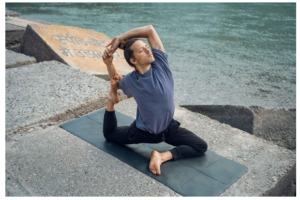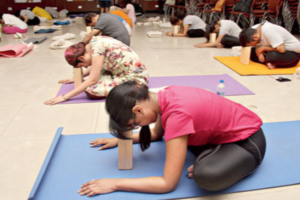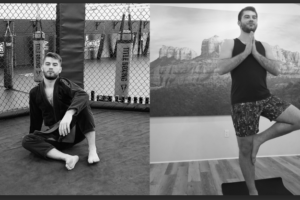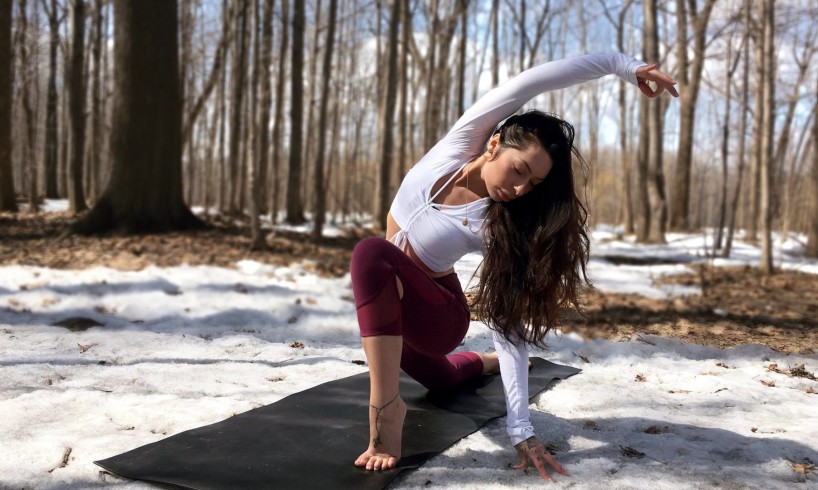
Sleep is an important part of our daily lives. During sleep, the body works to repair itself. At this time, the body also works to strengthen the immune system and produce the chemicals our body needs. It is also critical for brain functions. During sleep, the brain organizes long term memory and new information.
That is why a person needs to have a restful sleep. Sleep allows the body to perform its cognitive skills like thinking, reading, speaking, remembering, and focusing. It is very crucial to having a healthy lifestyle and practicing yoga is one of the best ways to have a good sleep. The lack of it would have negative effects on our body and lifestyle. Here are some common effects of sleep deprivation:
- It can lead to many serious health problems like heart disease and diabetes.
- It can trigger depression and anxiety.
- It is unhealthy for the skin.
- It lowers a person’s sex drive.
- It can cause serious accidents.
- It affects brain memory and impairs judgment.
- It slows down the brain’s cognitive processes.
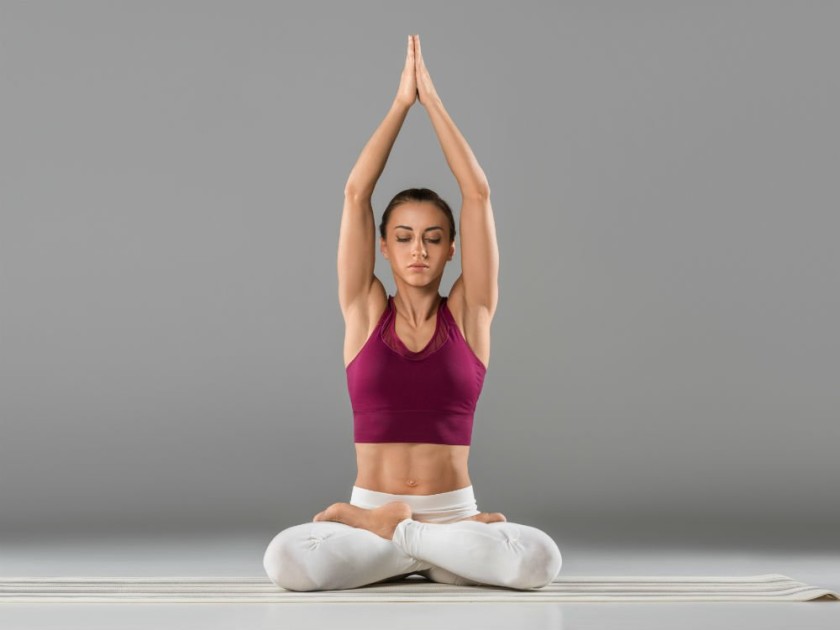
The term yoga is derived from the Sanskrit word ‘Yuj’ which means ‘to unite or ‘to join’. It is a practice that combines different physical poses, breathing techniques, and meditation. These different exercises are said to have a good effect on sleep. According to a survey from Harvard Medical School, yoga reduced stress in over 85% of participants.
How Yoga Helps You Sleep Better
It improves the nervous system.
With the practice of yoga, the parasympathetic nervous system is activated. This system which is known as the “rest and digest” system encourages the body’s balance and relaxation. While this system is active, the feeling of restlessness and anxiety is relieved, resulting in a better, more comfortable sleep.
It helps relieve body pain.
Any feeling of pain in the body, whether it be a muscle or joint pain, can surely cause discomfort. This discomfort will prevent you from sleeping restfully, especially if that pain can be felt with even a small movement. Yoga releases muscle tension and can improve the body’s range of motion. With constant practice, it can also strengthen the muscles.
It helps reduce stress.
One reason why a person won’t be able to sleep is constant worrying and stress. And like other exercises, yoga is an effective way to reduce stress. It has an instantaneous effect on the production of the stress hormone called cortisol. In addition, yoga helps with one’s focus and awareness. With a relaxed mind and body, it would be easier to fall asleep.
It helps you quiet the mind.
With all the things that had happened throughout the day or the day before, it may be hard to stop the mind from thinking about random different things. By doing yoga, the brain is trained to focus better and shut unnecessary thoughts out.
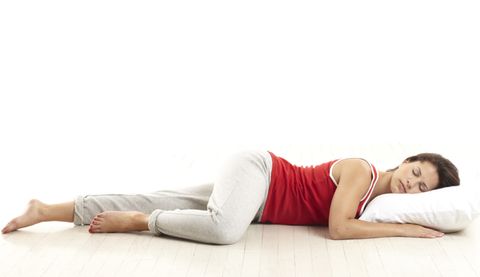
5 Yoga Poses for Great Sleep
- Balasana (Wide-Knee Child’s Pose) – This is a resting pose that helps calm and soothes the brain while relaxing the body. It stretches the muscles at the back and the lower part of the body that relieves stress and exhaustion. There are different variations to the Child’s pose and using different yoga tools can help deepen the posture.
- Setu Bandha Sarvangasana (Restorative Bridge Pose) – This restorative Bridge pose is great for inducing sleepiness. It is a backbend pose that opens the chest and prevents the sympathetic nervous system. Instead, it activates the parasympathetic nervous system that helps restore the body’s energy.
- Ananda Balasana (Happy Baby Pose) – This position is great for relieving stress and relaxing the body. With the stretching of the legs and the spine, the tension in the muscles is relaxed, resulting in better sleep. This pose is very easy and can be done with any skill level.
- Viparita Karani (Legs Up the Wall Pose) – This simple pose can be done on the bed before sleeping. It supports the lower back of the body and stretches the hamstrings. With the legs higher than the body, the blood flow is reversed, counteracting the tension in the lower part of the body. For women, it reduces uncomfortable menstrual symptoms that often prevent restful sleep.
- Sasangasana (Rabbit Pose) – The Rabbit Pose is an inversion pose that reverses the blood flow in the body, allowing blood to flow to the head. It opens the back of the heart and releases stress and anxiety.
Many other yoga poses can be done to improve sleep quality. Some of these poses are even best to do before bedtime. With the combination of the different Asanas, Pranayama, and meditation is a great way to promote restful sleep and fight insomnia. While the ultimate goal in the practice of Yoga is Moksha, it also aims to improve one’s quality of life and it starts with recharging the body through sleep. And with all the benefits that it has to offer, there is no doubt that the life of a person who practices yoga will change.


